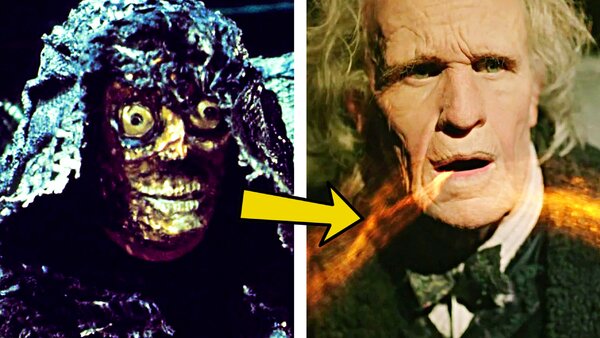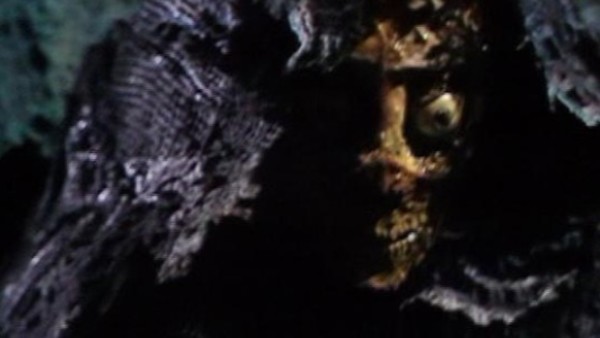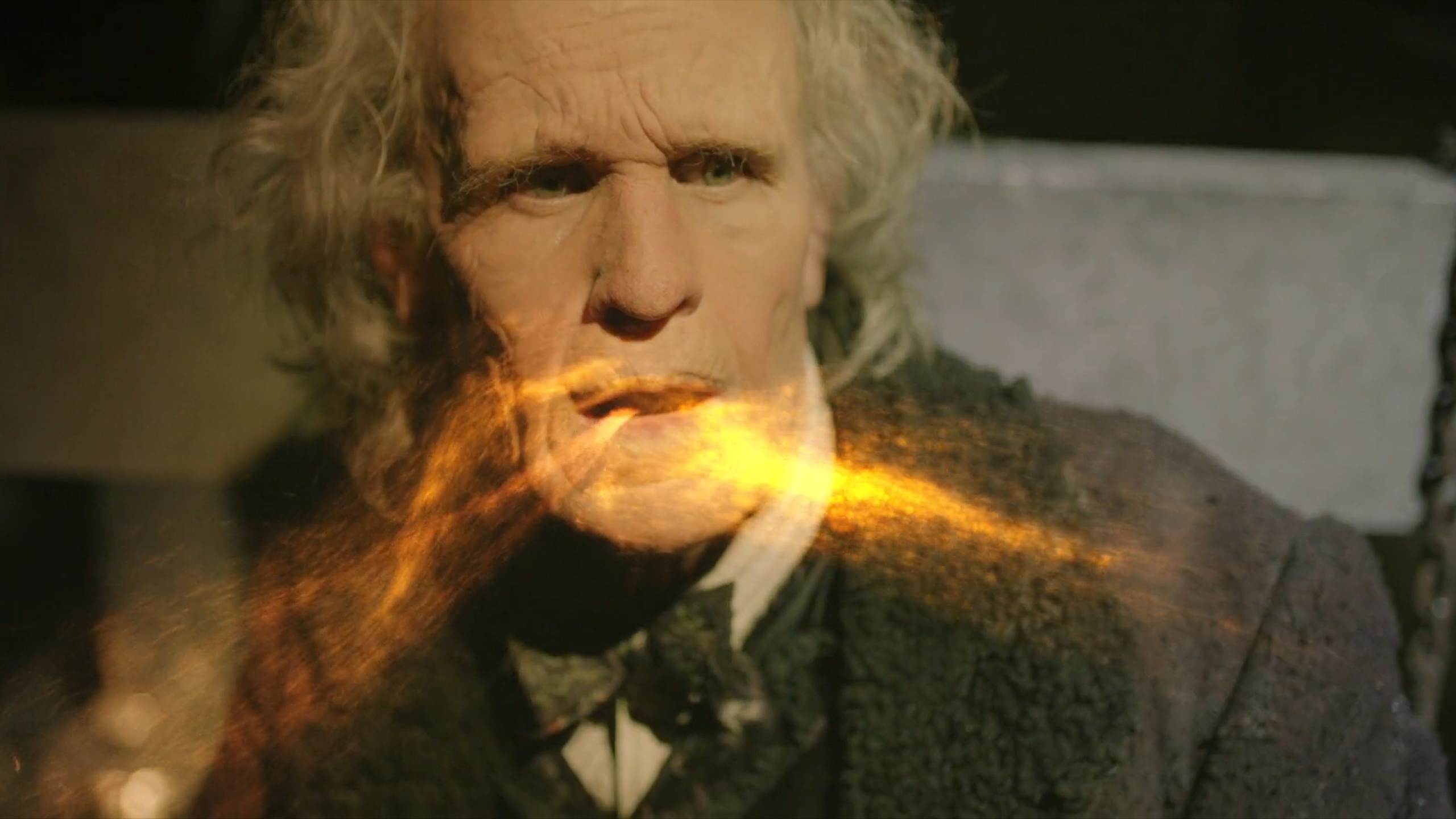10 Doctor Who Episodes That Accidentally Changed The Show Forever
The plot points and format changes from Doctor Who's past that inadvertently created its future.

A show’s canon is very important – doubly so if it’s science-fiction. It lays out the setting, the characters, the dynamics, and generally the rules of how everything works.
It’s standard practice for creators to write book-length ‘show bibles’ before a script is even written, and writers will often go to great lengths to avoid contradicting anything that’s come before, or is intended to follow.
But Doctor Who has always been a little bit… different.
Probably the gold standard for ‘flying by the seat of your pants’ storytelling, the show has spent 60 years making it up as it goes along, constantly evolving and developing without ever stopping to come up with a plan that covers more than a few seasons.
Unsurprisingly, having such a casual approach to world-building for over half a century can lead to some ideas being developed way past their original writers’ wildest dreams. Whether it’s one-off episodes setting the tone for entire eras or incidental lines of dialogue becoming fundamental parts of the show’s lore, these stories all accidentally made waves that went on to change Doctor Who forever.
10. The Deadly Assassin

Ask any Doctor Who fan how many lives a Time Lord has, and they'll answer "13". But what they might not know is that this limit – commonly accepted as gospel among fans, and later the show's writers themselves – was not always part of the mythology.
It wasn’t until 1976's The Deadly Assassin (over a decade into the show’s original run) that the 12 regeneration limit was first mentioned, with the Doctor on Gallifrey trapped in a web of intrigue spun by his old enemy the Master, who returned for the first time since the tragic death of Roger Delgado, who originally played the role.
At the same time, Philip Hinchcliffe and Robert Holmes (the show’s producer and script editor) were on their way out. Not wanting to leave their successors stuck with an actor they hadn’t cast, they decided to leave the Master in a transitional state – and so, the 12 regeneration limit was created as a plot device to explain the Master’s decrepit, zombified appearance.
This throwaway line of dialogue has never been forgotten, embedding itself so deeply in the Doctor Who hive mind that in 2013, Steven Moffat had to dedicate an entire Christmas special to getting around this 12 regeneration/13 life limit, with the Eleventh Doctor being granted a fresh set of regenerations.

That’s quite an impact from a story that just wanted a reason to make the Master look weird!
Moffat generously left this new set of lives undetermined, so the writer of the 28th Doctor’s regeneration can rest easy knowing they won’t have to work an arbitrary limit into their script.